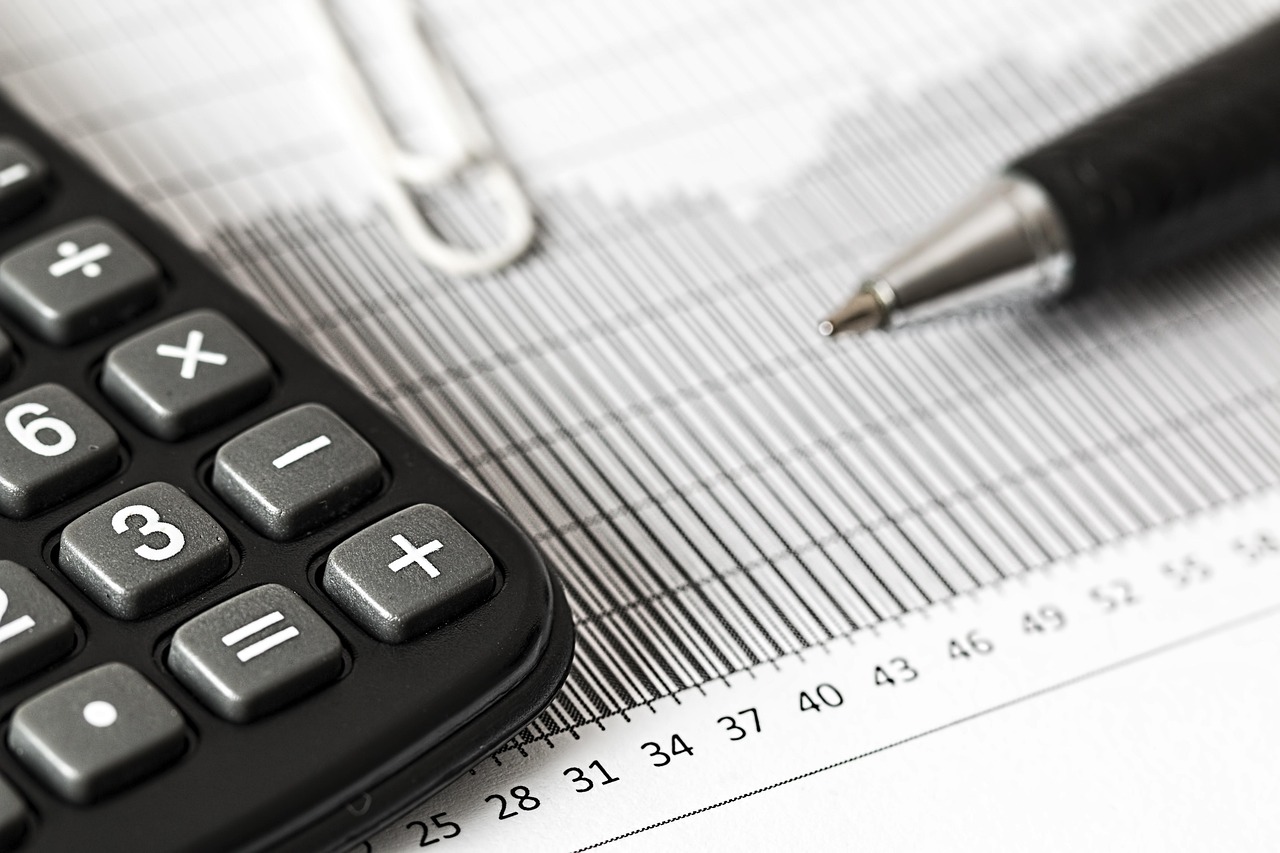Liability insurance is a critical component of financial security for both individuals and businesses. It acts as a safety net, protecting your assets from substantial financial losses resulting from legal claims alleging negligence or wrongdoing. Understanding the intricacies of liability insurance, its various types, and how it works is essential for anyone seeking to mitigate potential risks and safeguard their financial future.
Understanding Liability Insurance
Liability insurance is a type of insurance designed to protect you from financial losses if you are found legally responsible for causing bodily injury or property damage to someone else. This protection typically covers the costs of legal defense, settlements, and judgments awarded against you. Without adequate liability coverage, even a single incident could potentially bankrupt you or your business.
How Liability Insurance Works
- Policy Coverage: Liability insurance policies outline the specific types of incidents they cover, the amount of coverage provided (policy limits), and any exclusions that apply. It’s vital to carefully review your policy to understand its terms and conditions.
- Triggering an Event: A claim arises when a third party alleges that you are responsible for their injury or property damage. This could be due to your negligence, recklessness, or a breach of contract.
- Claim Filing: You must promptly notify your insurance company of the claim and provide them with all relevant information and documentation.
- Investigation and Defense: The insurance company will investigate the claim to determine its validity and the extent of your liability. They will also provide legal defense, if necessary.
- Settlement or Judgment: If you are found liable, the insurance company will either settle the claim with the third party or pay the judgment awarded by the court, up to the policy limits.
Examples of Liability Claims
- Slip and Fall: A customer slips and falls in your store due to a wet floor and sustains injuries. They sue you for medical expenses and lost wages. Your business liability insurance would cover these costs, up to your policy limit.
- Car Accident: You cause a car accident resulting in injuries to another driver and damage to their vehicle. Your auto liability insurance would cover their medical expenses, vehicle repair costs, and potentially lost wages.
- Defamation: You make false and damaging statements about a competitor, and they sue you for defamation. Your commercial general liability policy might cover the costs of defending against the lawsuit and any resulting settlement or judgment.
- Product Liability: A product you manufacture causes injury to a consumer due to a defect. The consumer sues you for damages. Your product liability insurance will cover related legal costs.
Types of Liability Insurance
Various types of liability insurance cater to specific needs and risks. Choosing the right type is crucial for adequate protection.
Personal Liability Insurance
Personal liability insurance provides coverage for individuals and families against claims arising from their personal activities. This coverage is often included in homeowners or renters insurance policies.
- Homeowners Insurance: Typically includes personal liability coverage to protect you if someone is injured on your property or if you accidentally damage their property.
- Renters Insurance: Similar to homeowners insurance, renters insurance provides liability coverage for incidents occurring in your rented property.
- Umbrella Insurance: Provides an extra layer of liability protection beyond the limits of your homeowners, auto, or other liability policies. It’s particularly useful for individuals with significant assets to protect.
Example: If your homeowners policy provides $300,000 in liability coverage and you are sued for $1 million, your umbrella policy could cover the remaining $700,000.
Business Liability Insurance
Business liability insurance protects businesses from claims arising from their operations. There are several types of business liability coverage.
- Commercial General Liability (CGL): Protects against claims of bodily injury, property damage, and personal and advertising injury arising from your business operations.
- Professional Liability Insurance (Errors & Omissions): Protects professionals, such as doctors, lawyers, and accountants, from claims of negligence or errors in their professional services.
- Product Liability Insurance: Covers claims arising from injuries or damages caused by products manufactured or sold by your business.
- Cyber Liability Insurance: Protects businesses from financial losses resulting from data breaches, cyberattacks, and other cybersecurity incidents.
- Directors and Officers (D&O) Insurance: Protects the personal assets of a company’s directors and officers if they are sued for alleged wrongful acts related to their management of the company.
- Workers’ Compensation Insurance: Required by law in most states, it provides benefits to employees who are injured or become ill as a result of their job.
Example: A construction worker falls and breaks their leg on the job site. Workers’ compensation would cover their medical expenses and lost wages.
Other Types of Liability Insurance
- Auto Liability Insurance: Protects you if you are at fault in a car accident and cause injuries or property damage to others.
- Liquor Liability Insurance: Protects businesses that sell or serve alcohol from claims arising from intoxicated patrons who cause injury or damage.
- Event Liability Insurance: Provides coverage for special events, such as weddings, concerts, or festivals, protecting against claims of bodily injury, property damage, or cancellation.
Factors Affecting Liability Insurance Costs
Several factors influence the cost of liability insurance. Understanding these factors can help you make informed decisions and potentially lower your premiums.
Risk Assessment
Insurers assess risk based on factors such as:
- Industry: High-risk industries, such as construction or manufacturing, typically have higher premiums than lower-risk industries, such as consulting.
- Location: Businesses located in areas with high crime rates or a history of frequent lawsuits may face higher premiums.
- Claims History: A history of previous claims can significantly increase your premiums.
- Policy Limits: Higher policy limits provide greater coverage but also result in higher premiums.
- Deductible: A higher deductible means you pay more out of pocket before the insurance coverage kicks in, which can lower your premiums.
- Coverage Exclusions: Policies with fewer exclusions often cost more.
Practical Tips for Lowering Premiums
- Implement safety measures: Investing in safety measures, such as security systems, employee training, and regular inspections, can demonstrate a commitment to risk management and potentially lower your premiums.
- Maintain a clean claims history: Avoid filing small claims and focus on preventing incidents that could lead to claims.
- Shop around: Obtain quotes from multiple insurers to compare rates and coverage options.
- Bundle policies: Many insurers offer discounts for bundling multiple insurance policies, such as business liability and commercial auto.
- Increase your deductible: Consider increasing your deductible to lower your premiums, but ensure you can comfortably afford the higher out-of-pocket costs if a claim arises.
- Regularly review your coverage: As your business evolves, your insurance needs may change. Review your coverage annually to ensure it remains adequate.
Choosing the Right Liability Insurance
Selecting the appropriate liability insurance coverage is crucial for protecting your assets and mitigating potential risks.
Assessing Your Needs
- Identify your risks: Carefully assess the specific risks associated with your personal activities or business operations.
- Determine coverage limits: Choose coverage limits that are sufficient to protect your assets from potential lawsuits.
- Consider your industry: Research the standard coverage levels for businesses in your industry.
- Consult with an insurance professional: Seek guidance from an experienced insurance agent or broker who can help you assess your needs and find the right coverage.
Key Considerations
- Policy limits: Ensure the policy limits are adequate to cover potential claims. Consider your assets and the potential costs of defending against a lawsuit and paying a settlement or judgment.
- Coverage exclusions: Carefully review the policy exclusions to understand what is not covered. Consider purchasing additional coverage to address any gaps in coverage.
- Deductibles: Choose a deductible that is affordable and aligned with your risk tolerance.
- Insurance company reputation: Select an insurance company with a strong financial rating and a reputation for excellent customer service and claims handling.
- Cost: Balance coverage needs with affordability to find the best value for your insurance dollar. Don’t solely base your decision on price; consider the overall coverage and service provided.
- Read the fine print: Understand all the terms and conditions of the insurance contract.
Conclusion
Liability insurance is an indispensable tool for protecting yourself and your business from potentially devastating financial losses. By understanding the different types of liability coverage, the factors that affect their costs, and how to choose the right policy, you can safeguard your assets and ensure a secure future. Regularly review your coverage, adapt to changing risks, and consult with insurance professionals to make informed decisions. Investing in adequate liability insurance is an investment in your peace of mind.




